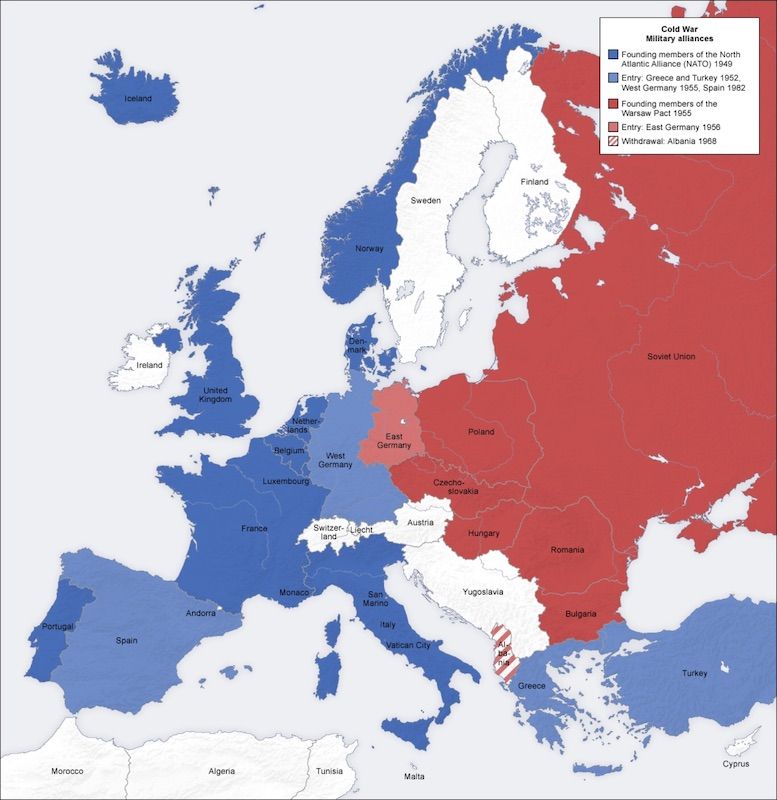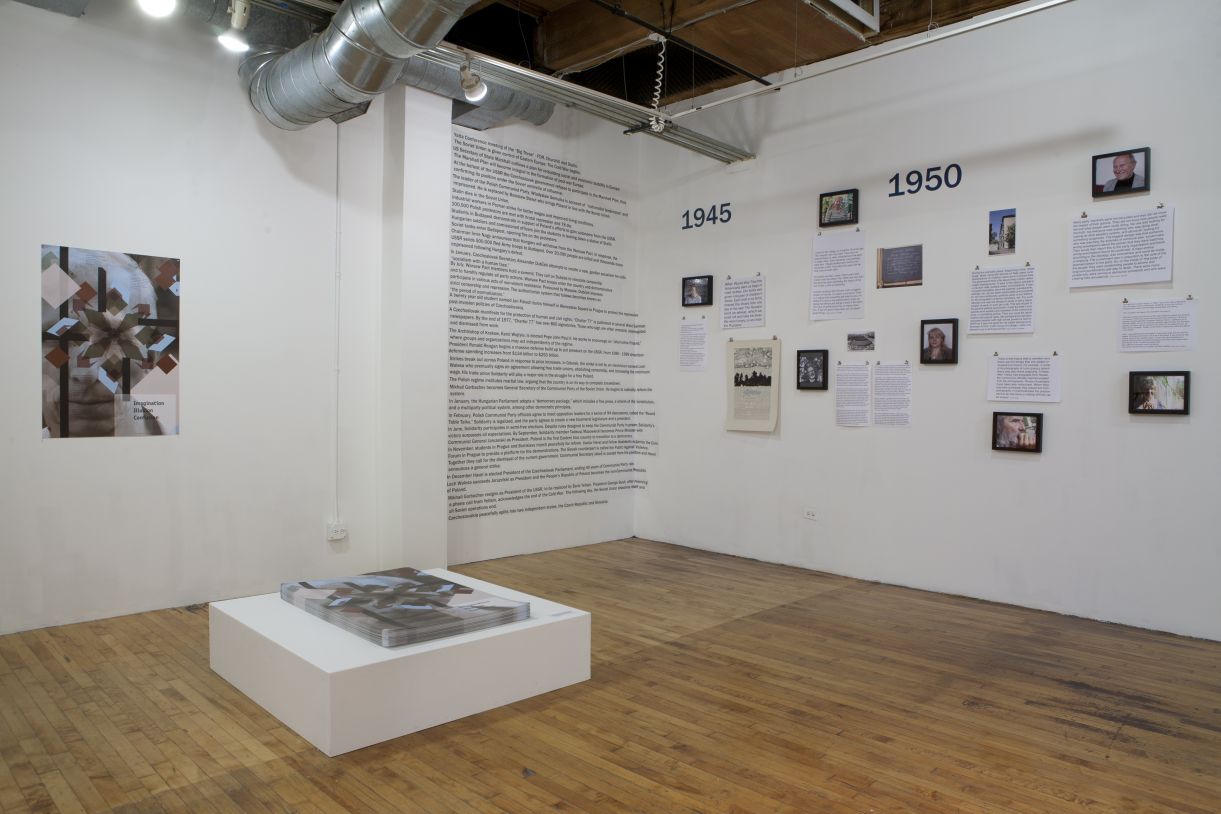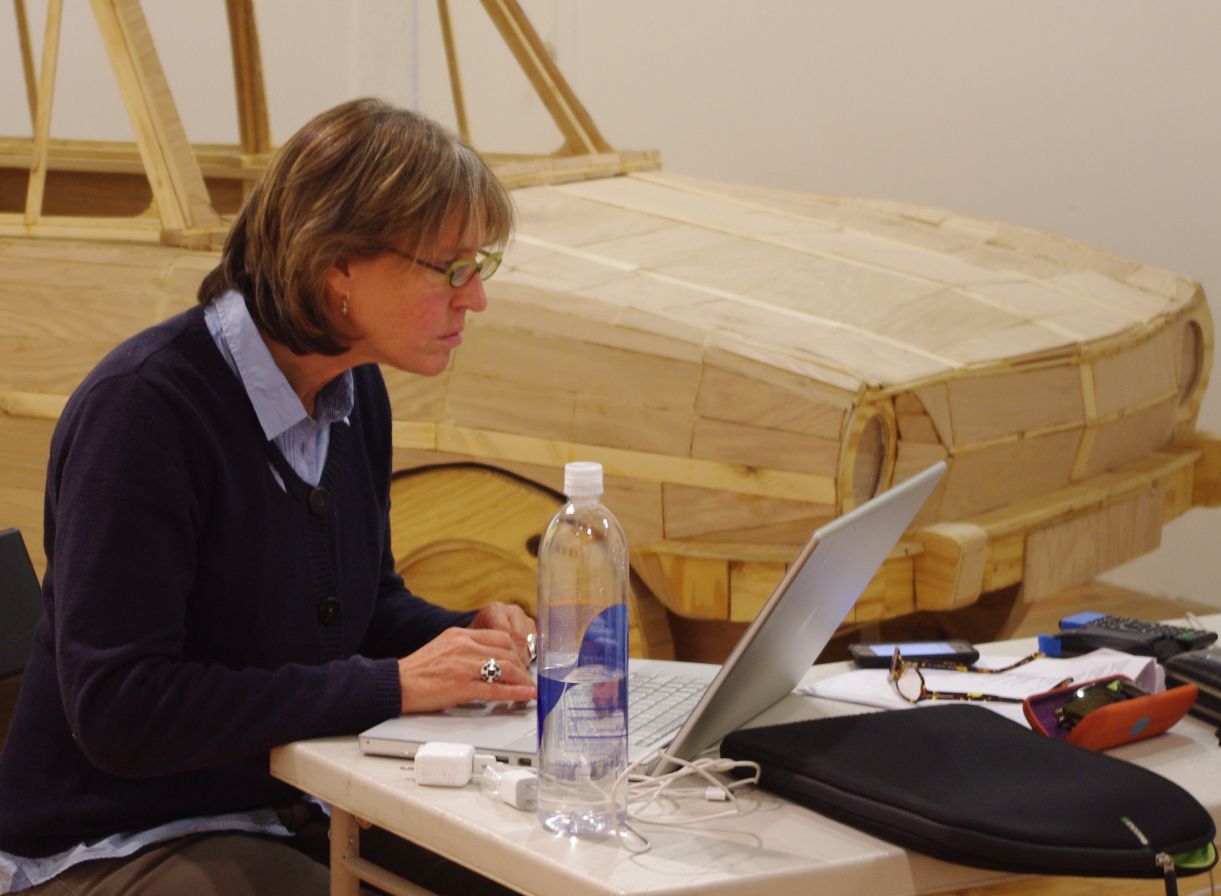Janeil Engelstad
Much has changed across Central Europe, indeed the world, in the 10 years since I first produced Voices From the Center in 2009. With the 30th anniversary of the fall of the Berlin Wall in 2019, I’ve returned to the project to look at what has changed, and what has not, in the past decade. In addition to re-interviewing some of the people that I talked with in 2009, I also had conversations with others that were not part of the original project. Many of these people were part of significant historical events just touched upon in the original iteration of the project, such the Solidarity movement in Gdańsk, Poland.
Over the arc of human history, 30 years is but a moment, but in many ways, in this hyper fast-paced world, it is a long period of time. The generations that did not grow up during the Cold War do not know firsthand or might find it hard to understand the tension and dogmatic, political workings of a world order divided between two super powers, the USA and the former U.S.S.R. Many Westerners cannot imagine what it was like for people living on the eastern side of the Iron Curtain. In many Eastern Bloc countries there were extreme shortages of food and other goods due to socialist economics and political oppression, and most people could not travel abroad or publicly speak their minds. On both sides of the wall, there was fear propagated by governments. On top of that there was a real threat that Western Countries, aligned as NATO, and the Eastern Bloc countries, under the hegemony of the U.S.S.R., might launch a nuclear attack. Perhaps this was especially acute for me, growing up in Seattle, a strategic port city that was a major hub for American aerospace and defense manufacturing. It was also near the Bangor Naval Submarine Base, the Pacific home port for the Trident nuclear submarines. As children we were taught in school where to go and what to do in case of a nuclear attack.

Voices From the Center was initially sparked by my desire to better understand the lives of people living on the other side of the Berlin Wall. I talked with new neighbors and colleagues in Bratislava, Slovakia, where I was teaching at the Academy of Fine Arts and Design as a Fulbright Scholar in the 2006-2007 academic year, about their experiences growing up during the Cold War. Many of the conversations were so compelling that I began to write them down and soon a project was born. Wanting a more expansive view of people’s experiences during Socialism, I expanded the project from the Slovak Republic to Hungary, the Czech Republic and Poland, comprising the grouping known as the Viśegrad or V4 countries. This gave the project geographic definition as well as a wider lens into the range of social and economic systems that made up the Socialist or Communist (the terms are used interchangeably) Eastern Bloc.
The conversations are presented as first-person narratives with my questions and comments edited out of the final transcripts. Each transcript is reviewed by the participant for final sign off to ensure that it is their voice, and their point of view that constructs the narrative. The conversations were in both English and/or the native language of the speaker with the aid of translators. The language that was spoken is noted at the foot of each interview.
Traveling and working around the V4 region over the past years I have been welcomed into people’s homes, workplaces, and community centers. Some people were initially skeptical of this American, but their suspicions would fade away once we started talking. It is an old cliché, but worth repeating – in the end, our common humanity was and remains, stronger than our cultural differences. Many of the participants, especially those who had never spoken publicly about their lives, felt that, despite the historical attention paid to Communism, the experiences of ordinary people were being lost to history. In addition to talking with people who lived for many years before, and then after, the fall of the Berlin Wall, I also had conversations with young adults, who had been children when the wall came down, about their views of life in the post-communist era.
With the rise of nationalism around the world and a New Cold War emerging, it feels more important than ever to remember and examine this history. The oral histories on this website offer a snapshot into the experiences and thoughts of a handful of people living in Central Europe. Yet, my hope is that these stories give the reader a sense of life in Central Europe during Socialism, and how Central Europeans see and experience their lives today. My experience is that when we reflect upon the past, we get a better sense of where are now and how we got here. From this place we can then imagine how we might make adjustments and change to chart a more inclusive, just and empathetic future.
- November 2019
In addition to the Voices From the Center website, material from this project has been presented in exhibitions, public art, education programs, and community conversations throughout Central Europe and the Unites States.
Voices From the Center 2019 includes a special series of podcasts recorded for the MAP Radio Hour, a virtual exhibition for Leonardo: The International Society of the Arts, Sciences and Technology, sound art and public programs throughout Central Europe and the United States.

Voices From the Center, partial installation view with poster by Grafixpol, threewalls, Chicago, 2011

Janeil Engelstad / Voices From the Center
Cultural producer, educator, and writer, Janeil Engelstad is the Founding Director of Make Art with Purpose (MAP), an organization that produces interdisciplinary projects addressing social and environmental concerns around the globe. These projects have led to changes in government policy and regulations and often create a place for individuals and groups who do not have social agency or access to creative opportunities to express their identity, experiences and points of view. Her process for this work, which can be as valuable as the outcome, involves embedding herself in communities, extensive research, collaboration, and building coalitions between universities, government agencies, NGOs and others. Engelstad’s work has been exhibited and produced in partnership with Amon Carter Museum of American Art, ArtMargins / MIT, California Museum of Photography, Dallas Museum of Art, New York City Department of Transportation’s Art Program, Museum of Arts and Design, International Center of Photography, Stanica Žilina-Záriečie and others. Her podcast, MAP Radio Hour, is hosted by Creative Disturbance and ARTECA @ MIT. A Fulbright Scholar (Slovakia 2006), Engelstad has taught at universities throughout North America and Europe and is an affiliate artist at the Social Practice Art Research Center at University of California, Santa Cruz.